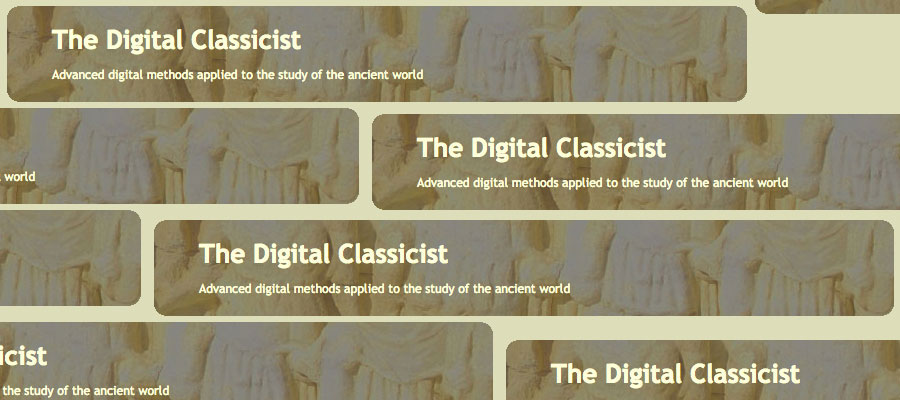The Digital Classicist London Seminar will be streamed live at <https://youtu.be/FK5LM07sI74>
Andreas Fuls (Technical University Berlin) will address the topic “Mathematical epigraphy and the Interactive Corpus of Indus Texts (ICIT)”.
The Indus culture (2600 to 1700 BC) is found in Pakistan and NW India, and is one of the earliest ancient civilizations, along with the civilizations of Egypt, Mesopotamia and China. This Bronze Age culture is most famous for its short inscriptions found on different artefacts such as seals, tablets, pots, bangles and sealings. Since the Indus writing system has for the most part remained undeciphered, our knowledge of the Indus culture is based solely on the interpretation of archaeological data. Any decipherment, even a partial one, would provide important information about the Indus people, their social structure, trade and religion.
The basis of successful decipherment is an up-to-date corpus of Indus inscriptions and a comprehensive sign list, which makes it possible to analyse sign patterns and to identify the Indus root language(s). This is the reason why the Interactive Corpus of Indus Texts (ICIT) as an online tool for Indus script research has been compiled. At present it contains 4537 inscribed objects with 5509 texts and 19616 sign occurrences. Analytical methods have been developed to analyse Indus inscriptions such as Normalized Weighed Sign Position Histograms, Multivariate Segmentation Trees, and a classification method to determine the type of the Indus language.
The issues discussed are related to the number of distinct Indus signs, the reading direction of sign sequences, the type of writing system, the heterogeneity of Indus inscriptions, and the spatial and temporal distribution of inscribed artefacts. Some general proposals about the content of the inscriptions are also considered and evaluated in view of the results obtained through the mathematical and epigraphical analysis.
ALL WELCOME
